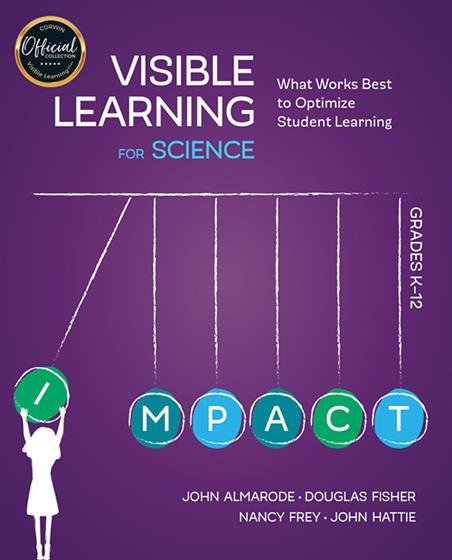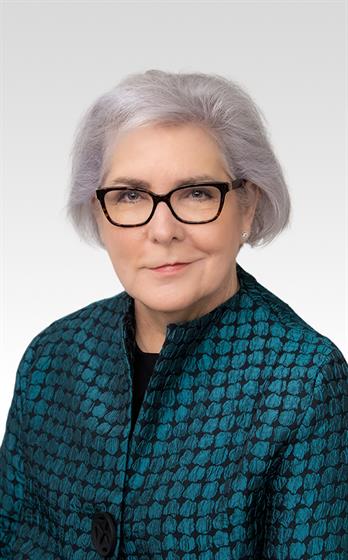Hands-on, Practical Guidance for Educators
From math,
literacy, science, equity, multilingual learners, and SEL, to assessment, school counseling,
and education leadership, our books are research-based and authored by experts
on topics most relevant to what educators are facing today.

Bestseller!
Visible Learning for Science, Grades K-12
What Works Best to Optimize Student Learning
Discover the right instructional approach to use at each learning phase so all students demonstrate more than a year’s worth of science learning per school year.
Product Details
- Grade Level: K-12
- ISBN: 9781506394183
- Published By: Corwin
- Year: 2018
- Page Count: 216
- Publication date: February 21, 2018
Review Copies
Review copies may be requested by individuals planning to purchase 10 or more copies for a team or considering a book for adoption in a higher ed course. Request review copy




